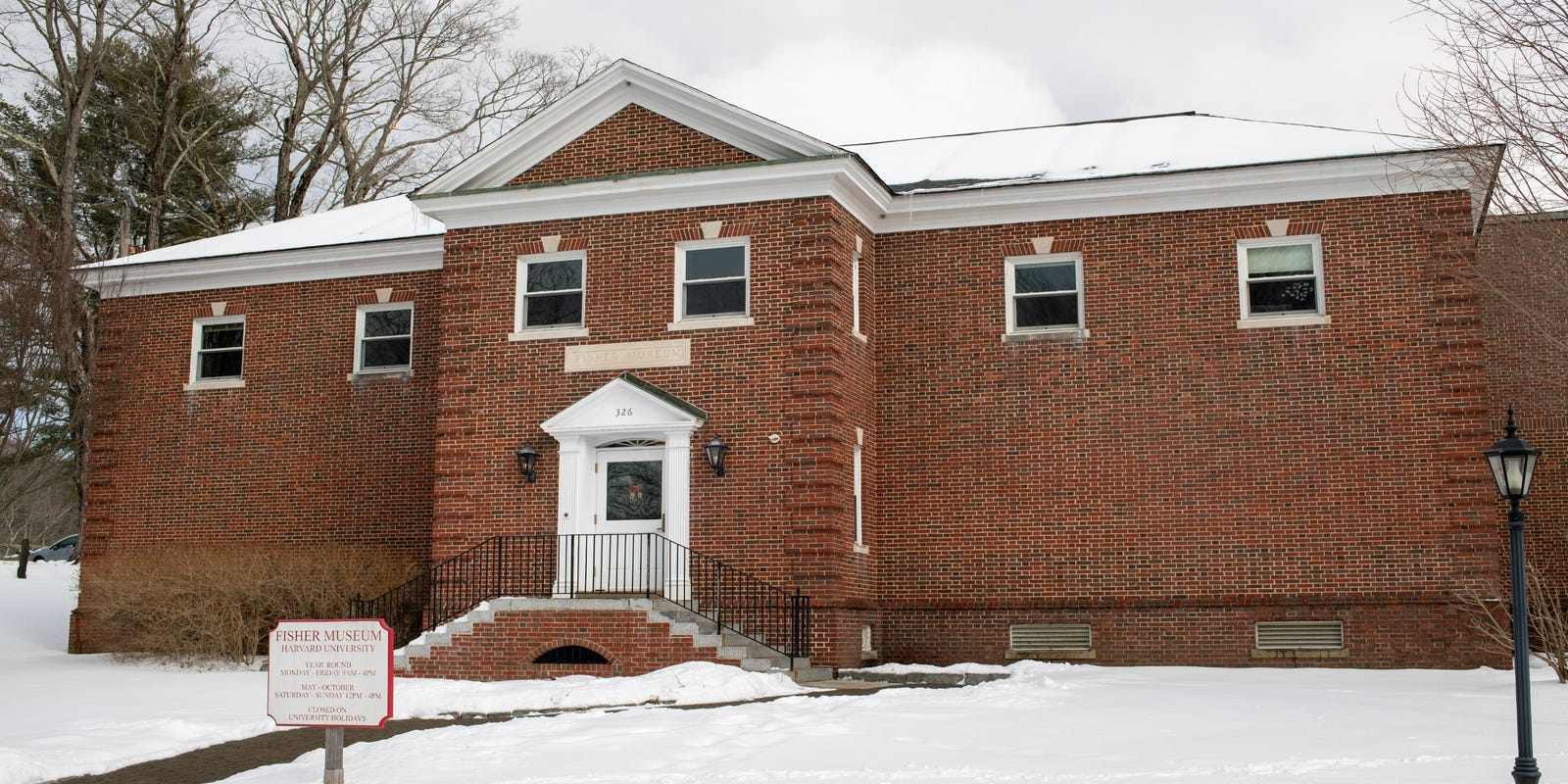Secrets of the Forest: How Harvard's Hidden Sanctuary Reveals Massachusetts' Ecological Treasure

In the early 20th century, Harvard University made a significant investment in forestry research by purchasing an expansive 2,000-acre tract of land in the picturesque town of Petersham, Massachusetts. This strategic acquisition in 1907 marked the beginning of what would become the renowned Harvard Forest, a pioneering research site dedicated to understanding forest ecosystems, environmental change, and sustainable land management.
The university's visionary decision to establish this research forest transformed the landscape into a living laboratory where scientists could study woodland dynamics, ecological processes, and long-term environmental trends. By dedicating such a substantial area to scientific research, Harvard demonstrated its commitment to advancing environmental knowledge and training future generations of forestry professionals.
Today, the Harvard Forest stands as a testament to the university's early commitment to environmental science, serving as a critical research site that continues to provide invaluable insights into forest ecology, climate change, and conservation strategies.
